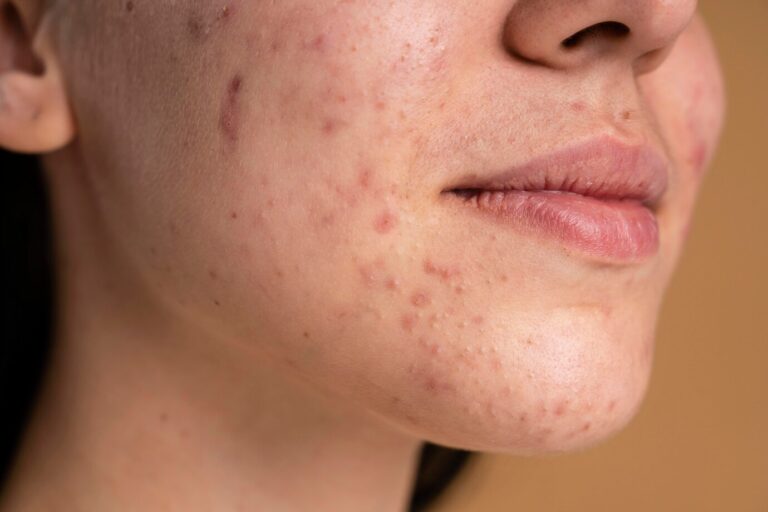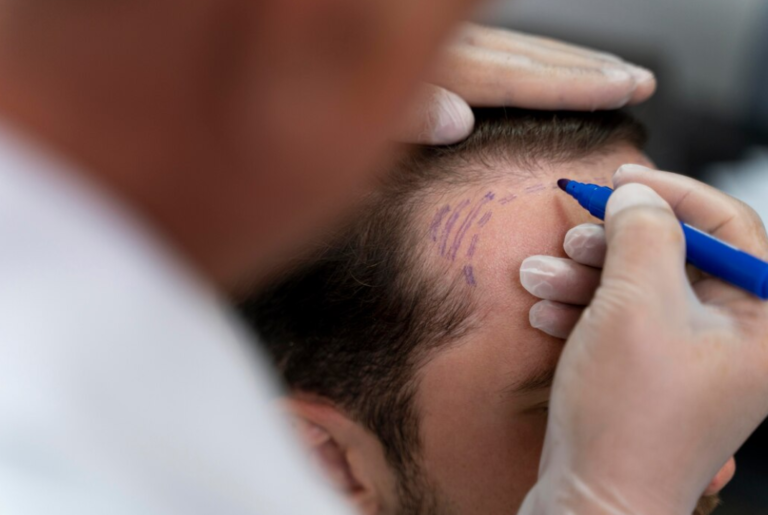In the ever-evolving world of cosmetic procedures, dermal fillers have become an increasingly popular choice for those looking to enhance their appearance. As a non-surgical solution to some common age-related skin concerns, dermal fillers provide an attractive option for clients seeking subtle, natural-looking results. These injectable fillers are used to add volume, smooth out wrinkles and fine lines, and restore youthful contours to the face.
With various types of dermal fillers available on the market, each formulated to address specific skin concerns, the choices can be overwhelming. It’s crucial to consult with a knowledgeable practitioner when selecting the appropriate filler for your individual goals and concerns. To aid in that decision-making process, this blog post aims to provide an in-depth guide to the different types of dermal fillers offered at SHAN Esthetics, such as hyaluronic acid-based fillers, calcium hydroxylapatite fillers, and poly-L-lactic acid fillers. We will also discuss their applications, advantages, and potential drawbacks.
Understanding the Different Types of Dermal Fillers
Hyaluronic Acid-Based Fillers: A Popular Choice
Hyaluronic acid (HA) is a naturally occurring substance found in our skin, providing hydration, fullness, and elasticity. As we age, the production of HA decreases, leading to a loss of volume and an increase in wrinkles and fine lines. Hyaluronic acid-based dermal fillers are an excellent option for clients seeking to restore lost volume, reduce the appearance of wrinkles, and provide a youthful, hydrated look. HA fillers are also easily reversible and have a lower risk of complications due to their biocompatibility.
Advantages of HA Fillers:
- Immediate results
- Hydrating effect on the skin
- Minimal side effects
- Reversible if necessary
Potential Drawbacks:
- HA fillers are temporary, lasting anywhere from 6 to 12 months, depending on the specific product and treatment area.
Calcium Hydroxylapatite Fillers: Long-Lasting Lift
Calcium hydroxylapatite (CaHA) is a substance found naturally in human bones and teeth. In dermal fillers, CaHA is suspended in a gel-like solution, creating a thicker consistency than HA fillers. This increased density allows CaHA fillers to provide a more substantial lift for moderate-to-severe wrinkles and folds. Additionally, these fillers can help stimulate natural collagen production, contributing to longer-lasting results. A well-known brand of CaHA fillers is Radiesse®.
Advantages of CaHA Fillers:
- Longer-lasting results, typically up to 12 to 18 months
- Can provide a firmer, heavier lift
- Stimulates collagen production
Potential Drawbacks:
- Higher risk of side effects, including swelling, bruising, and lumpiness
- Not easily reversible like HA fillers
Poly-L-Lactic Acid Fillers: A Collagen-Stimulating Option
Poly-L-lactic acid (PLLA) fillers, such as Sculptra®, work differently from traditional HA or CaHA fillers. Rather than merely filling in lines or adding volume, PLLA fillers trigger the body’s collagen production by creating a controlled inflammatory response within the skin. The increased collagen helps to gradually and progressively restore facial volume, smooth out wrinkles, and improve overall skin quality. This approach leads to a more natural-looking and long-lasting outcome, as the effects can last up to two years.
Advantages of PLLA Fillers:
- Natural-looking results that improve over time
- Long-lasting effects, up to two years
- Stimulates collagen production
Potential Drawbacks:
- Not reversible, unlike HA fillers
- Results may take several months to become fully visible
- Higher risk of side effects, such as nodules or granulomas
Choosing the Right Dermal Filler for You: Factors to Consider
Now that we’ve covered the basic characteristics of various dermal fillers, it’s essential to consider several factors when deciding which one is best suited to help you achieve your aesthetic goals. Keep the following factors in mind as you discuss your options with your skincare practitioner:
1. Treatment Area: Different dermal fillers are better suited to specific treatment areas. For instance, certain HA fillers might be ideal for lip enhancement, while CaHA fillers are more optimal for lifting deep wrinkles and folds.
2. Desired Results: If you’re looking for immediate, short-term results, HA fillers may be the best choice for you. However, if you prefer a more gradual, long-lasting improvement in your skin’s appearance, PLLA fillers might be the better option.
3. Personal Health: Generally, dermal fillers are considered safe for most individuals. However, it’s essential to discuss any medical conditions or allergies with your practitioner to ensure that you’re an appropriate candidate for the specific dermal filler product.
4. Recovery Time: Depending on the type of dermal filler, side effects, and necessary recovery time can vary. Discuss your expectations regarding downtime and potential side effects with your skincare practitioner prior to making a decision.
Conclusion
Dermal fillers are an excellent, non-surgical option for those looking to rejuvenate their appearance. With various filler types available, it’s important to consult with an experienced professional who can determine the most appropriate option for your specific needs and goals. By understanding the differences between hyaluronic acid-based fillers, calcium hydroxylapatite fillers, and poly-L-lactic acid fillers, you can make the best decision for your skincare journey.
At SHAN Esthetics, our skilled practitioners are here to help you navigate the world of dermal fillers and choose the most suitable treatment for you. Take the first step towards a refreshed, rejuvenated appearance with dermal fillers. Schedule an appointment with the expert team at SHAN Esthetics to discover the perfect treatment option for your unique skincare needs!







